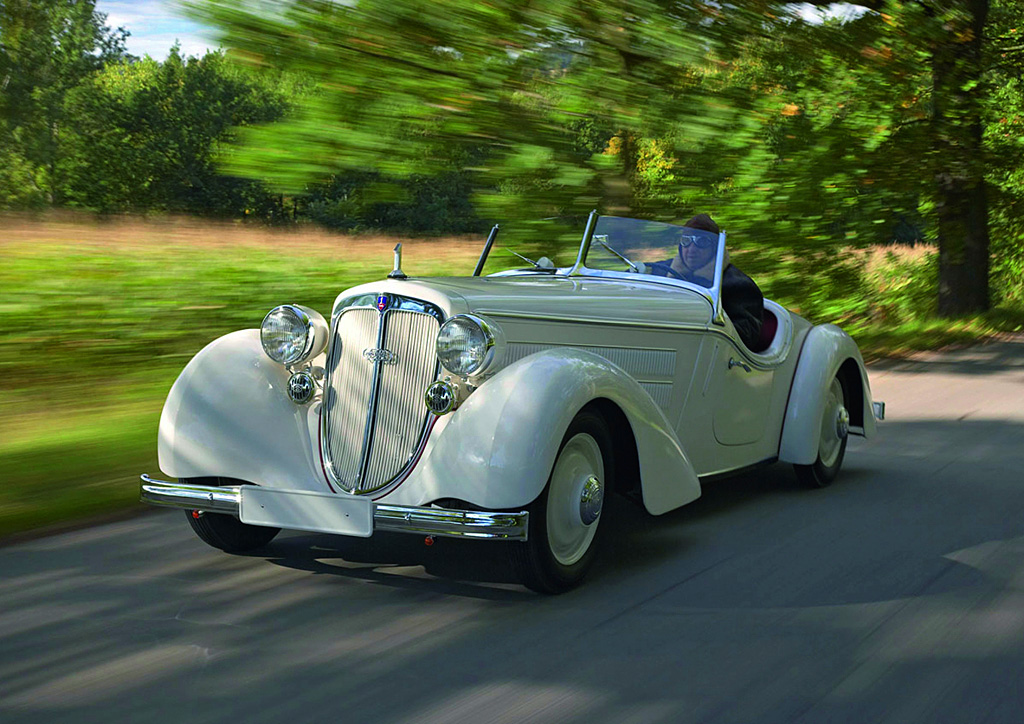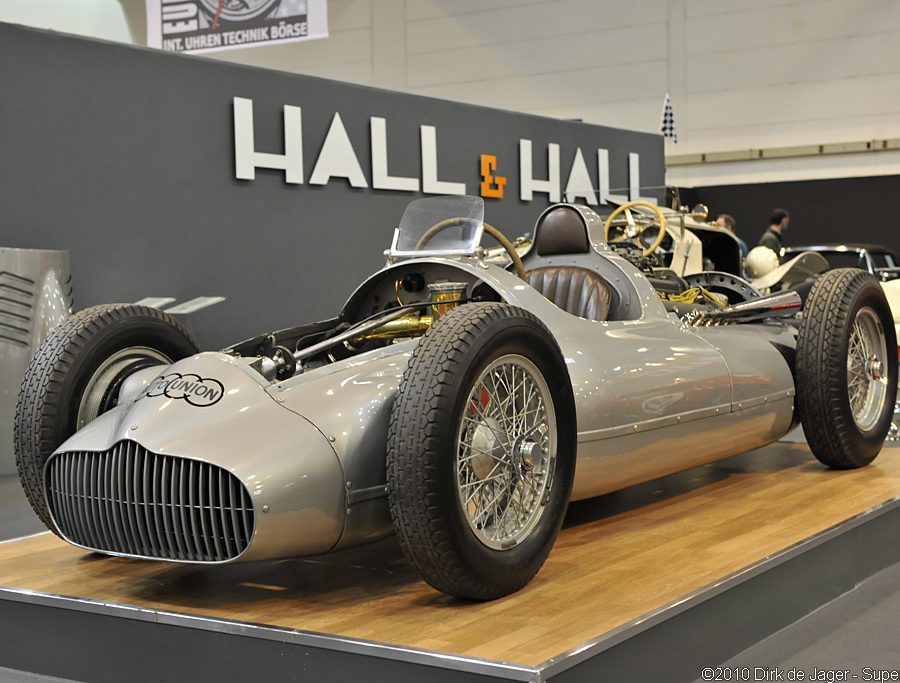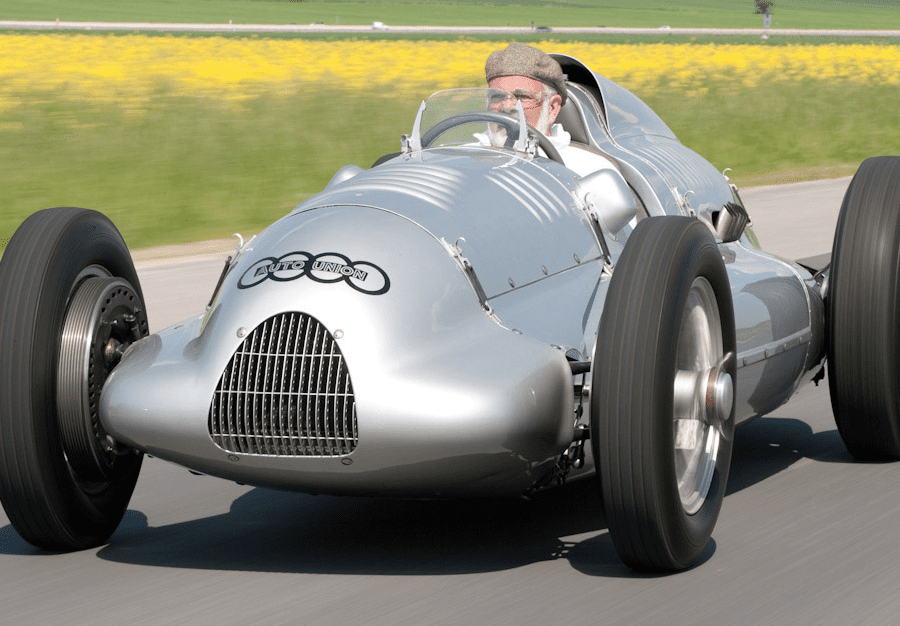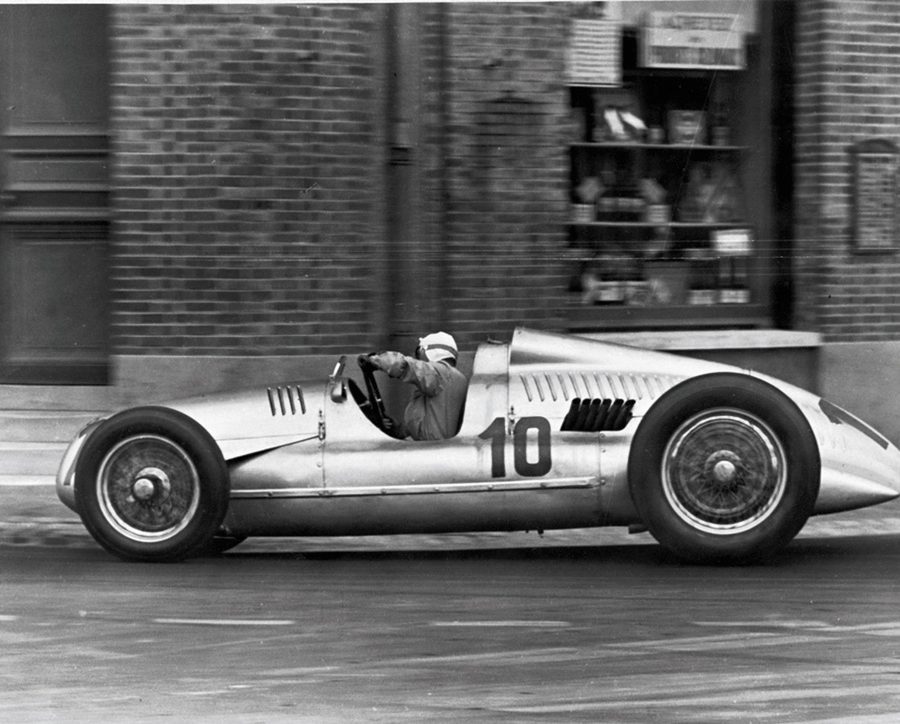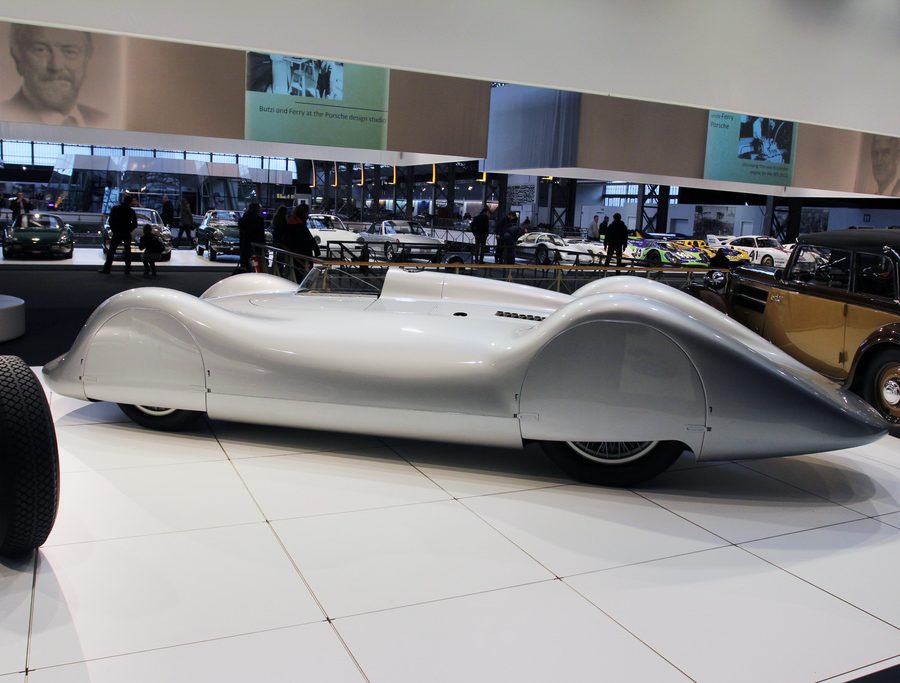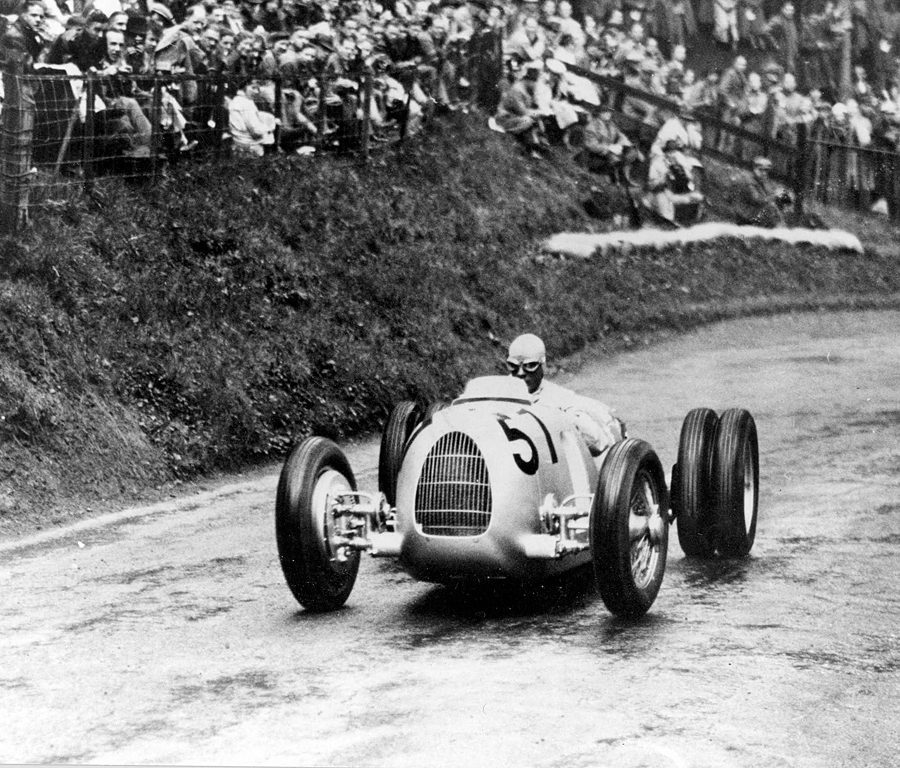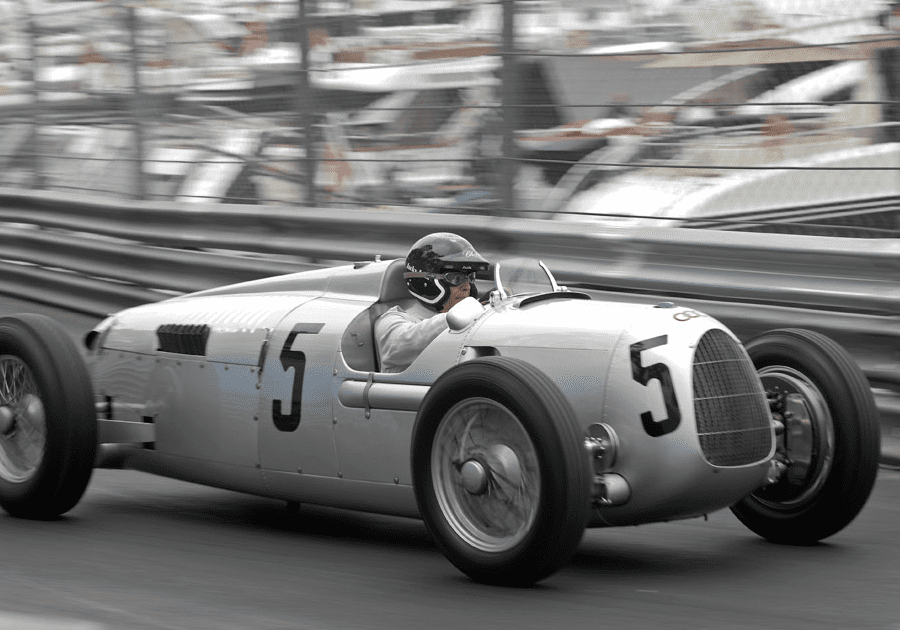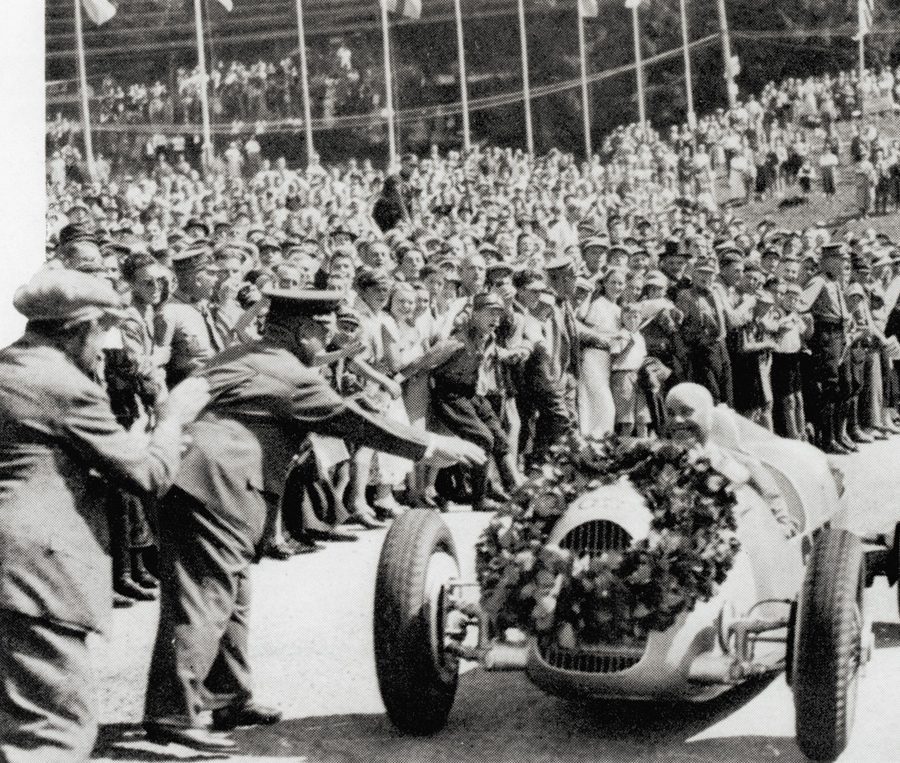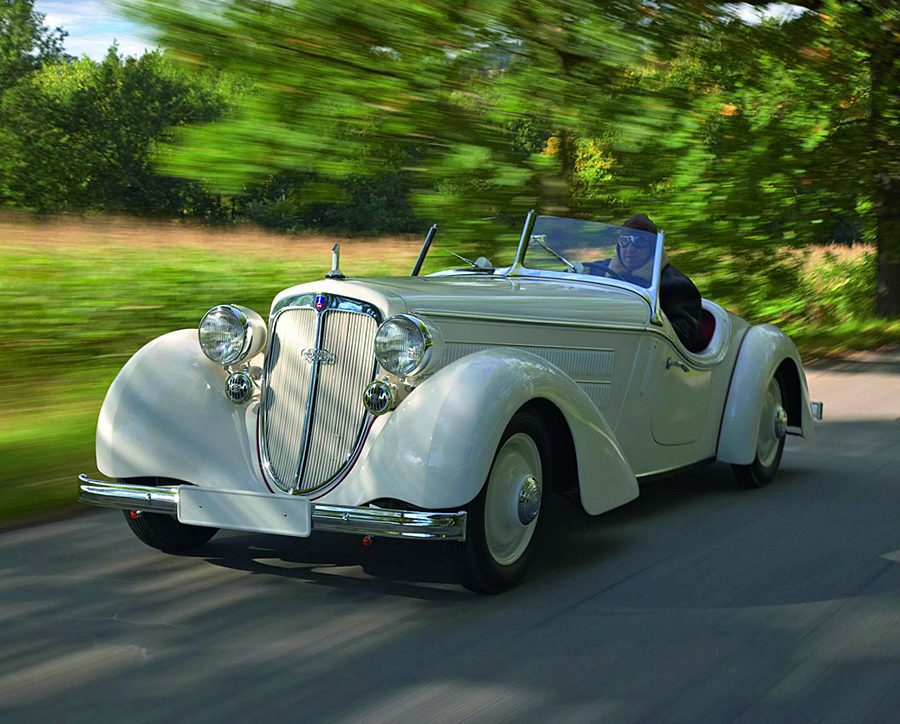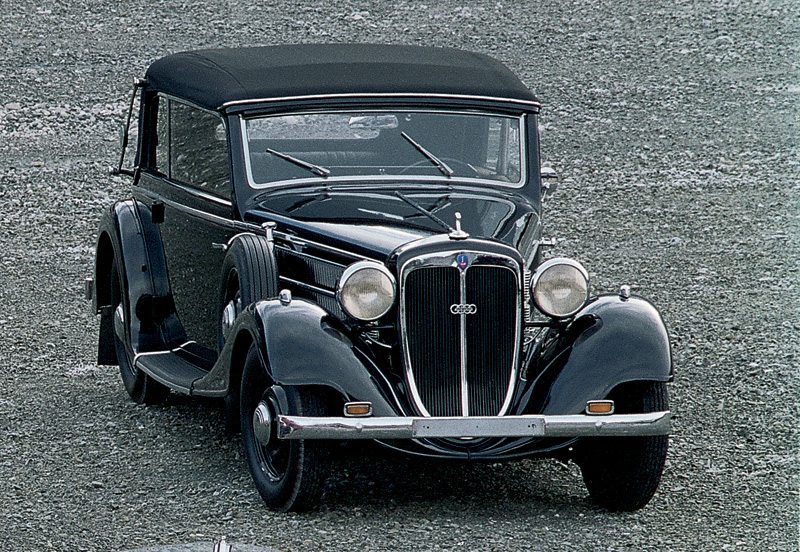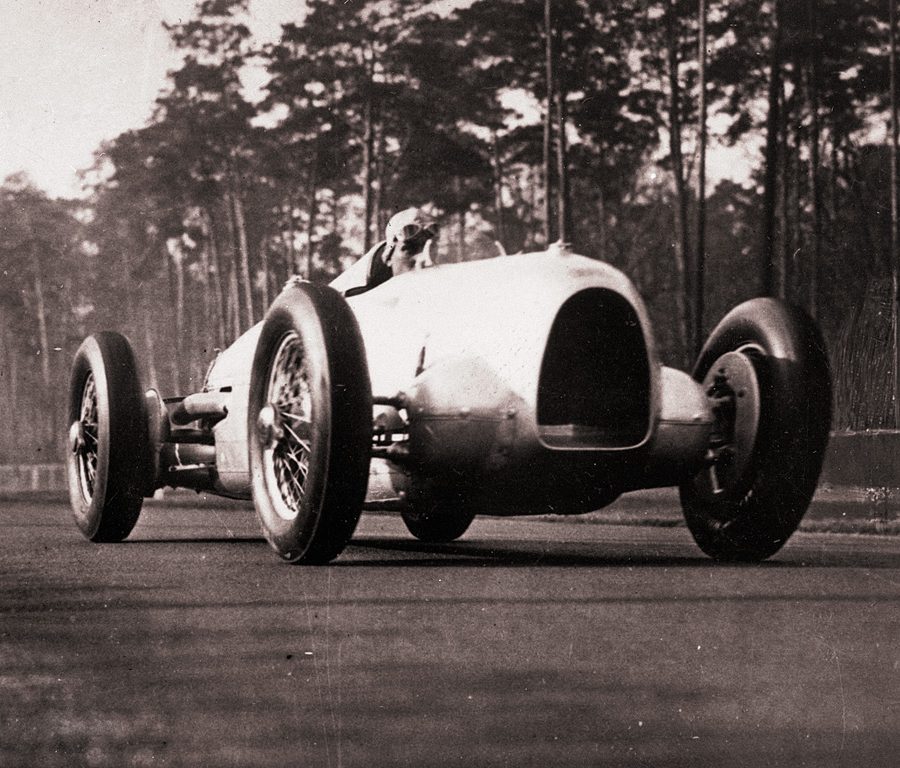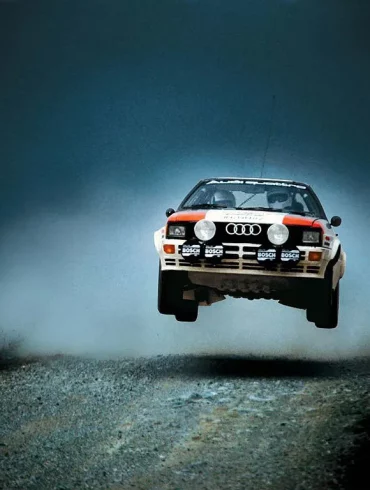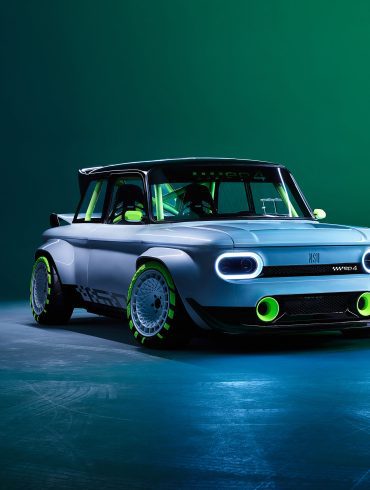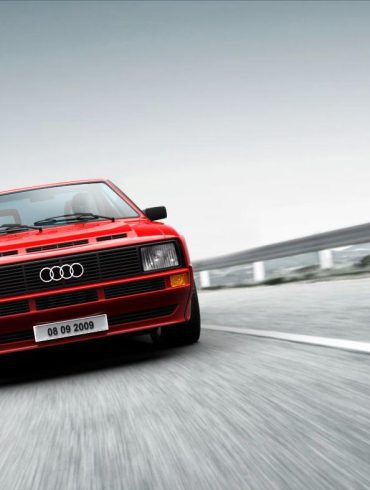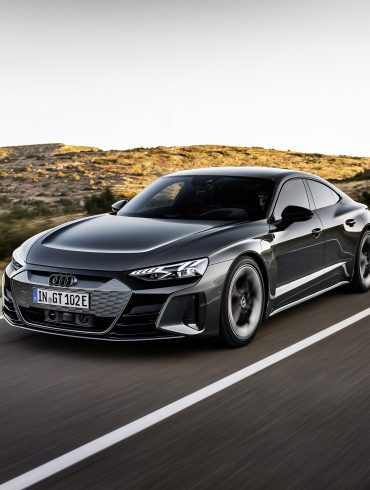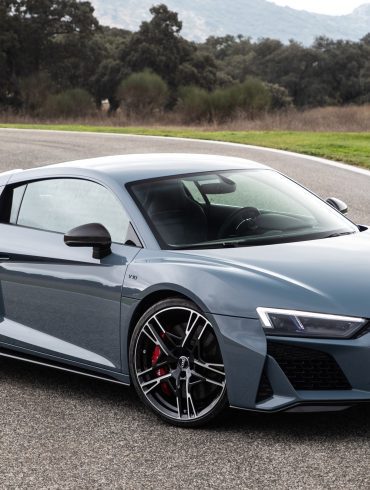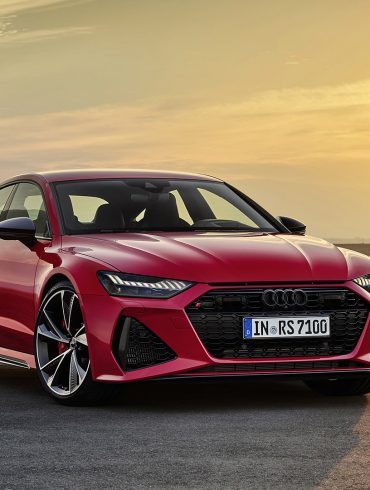1952 Auto Union Typ 650 ‘Sokol’ In the post-war era, Josef Stalin’s communist party had taken contol of Auto Union and they constructed the Typ 650 or ‘Sokol’. These were built at the request of Stalin’s son Vasiliy who dreamt of a successful Soviet team in Grand Prix racing. Unfortunately...
Audi Models. The Early Days
Historical Model from Audi - Pre 1940s
Early Historical Audi Models (1910 to 1940)
August Horch established a company known as Horch & Cie. Motorwagen Werke in Cologne. In 1909, August Horch left the company and then established a second automobile manufacturing operation and because he couldn't use his own name, instead chose a Latin translation instead: the German word "Horch!", which became "Audi". Car production began on a small scale and within a few years later Audi had already developed into one of the best-known German automobile brands.
It enjoyed success in competition from the very start with wins in the Austrian Alpine Rallies in 1912, 1913 and 1914. Models from the era include the Audi Type A and the the Type C which was an open tourer with a 35-horsepower engine and a top speed of 80 km/h. Audi recorded a number of technical milestones in 1923 with the Audi Type M, in its day one of Germany's most luxurious and expensive cars. The engine had a light-alloy block and an overhead camshaft driven by a vertical shaft and bevel gears. An intake air cleaner was fitted. This Audi model was the first to have four-wheel brakes. The Audi Type M was followed by the first Audi eight-cylinder model, the Audi Type R "Imperator", which broke through the symbolic hundred-horsepower barrier. In 1931 Audi began to build the Type P, the first small car in the brand's history.
The four rings of the Audi badge symbolize the merger four car companies brands. Audi, DKW, Horch and Wanderer, which were combined to form Auto Union in 1932. The idea was to allocate a specific market segment to each of the individual brands in order to create a coordinated model range. Specifically for the Audi brand, this prompted the development of the Audi Front Type UW, a midsize car through which the new group was for the first time able to make use of synergy benefits.
At the outbreak of war, Germany's second-largest automobile manufacturer had to cease production of passenger cars for the general public.
Audi Type A (1910 - 1912)
Audi Type B (1910 - 1914)
Audi Type C (1912 - 1921)
Audi Type D (1912 - 1920)
Audi Type E (1911 - 1924)
Audi Type G (1914 - 1923)
Audi Type K (1922 - 1925)
Audi Type M (1925 - 1928)
Audi Type R (1928 - 1932)
Audi Type S/SS (1929 - 1932)
Audi Type T (1931 - 1932)
Audi Type P (1931 - 1932)
Audi Front UW 220 (1933 - 1934)
Audi Front UW 225 (1935 - 1938)
Audi Type C/D racer (1938)
Audi 920 (1938 - 1940)


